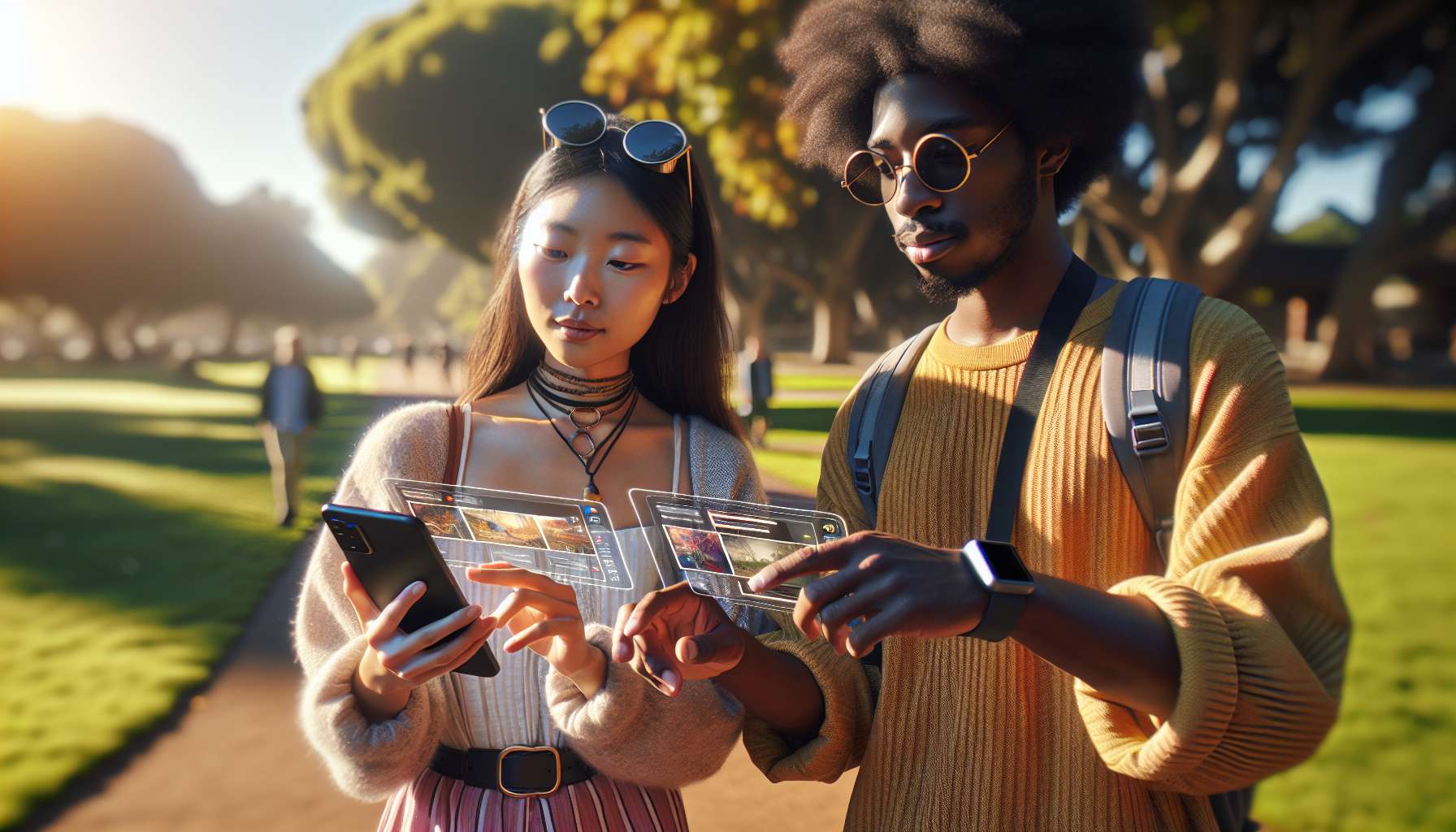Unlocking a World of Possibilities: AR’s Multilingual Support in Travel
As the world becomes increasingly interconnected, the tourism industry is booming, with more people than ever before exploring new destinations and immersing themselves in different cultures. However, one significant challenge that travelers often face is the language barrier. Communicating with locals, understanding signs, menus, and directions can be a daunting task, especially in countries where English is not widely spoken.
Fortunately, augmented reality (AR) technology is revolutionizing the way we experience and navigate foreign lands. By leveraging AR’s multilingual support, travelers can now break down language barriers and enhance their travel experiences in ways never imagined before.
Real-Time Translation
One of the most exciting applications of AR in multilingual support is real-time translation. Imagine standing in front of a street sign or a menu in a foreign language and instantly seeing the translation in your own language right before your eyes. With AR-enabled devices, such as smartphones or smart glasses, travelers can simply point their device at the text, and the translation will appear in real-time, making it easier to understand and navigate their surroundings.
This technology not only helps with basic communication but also allows travelers to delve deeper into the local culture. By understanding the meaning behind street names, historical landmarks, and cultural references, travelers can gain a richer appreciation for the places they visit.
Interactive Language Learning
AR’s multilingual support goes beyond just translation. It can also be used as a powerful tool for language learning. Travelers can engage in interactive language lessons through AR applications, where they can practice speaking and listening to phrases in real-world scenarios. This immersive approach to language learning not only enhances language skills but also boosts confidence in communicating with locals.
Furthermore, AR can provide travelers with instant feedback on pronunciation and grammar, helping them refine their language skills on the go. This interactive learning experience adds a new dimension to language acquisition, making it more engaging and effective.
Enhanced Cultural Experiences
AR’s multilingual support also extends to enhancing cultural experiences for travelers. Imagine visiting a museum and being able to access detailed information about each exhibit in your own language. AR can overlay additional information, images, and videos onto the physical objects, providing a deeper understanding of the cultural significance and historical context.
Additionally, AR can bring historical sites and landmarks to life by superimposing virtual reconstructions of ancient structures or famous events onto the real-world environment. This immersive storytelling allows travelers to step back in time and experience history firsthand, regardless of language barriers.
The Future of Multilingual Travel
The potential of AR’s multilingual support in the tourism industry is vast and ever-expanding. As the technology continues to evolve, we can expect even more innovative applications to emerge. From AR-powered tour guides to personalized travel recommendations based on language preferences, the possibilities are endless.
With AR’s multilingual support, the world becomes more accessible, and travelers can confidently explore new destinations without the fear of language barriers. As a business executive in the tourism industry, embracing AR technology can not only enhance the experience for your customers but also differentiate your business from competitors.
So, whether you’re a frequent traveler or a business owner in the tourism industry, it’s time to embrace the power of AR’s multilingual support and unlock a world of possibilities for your next adventure.





